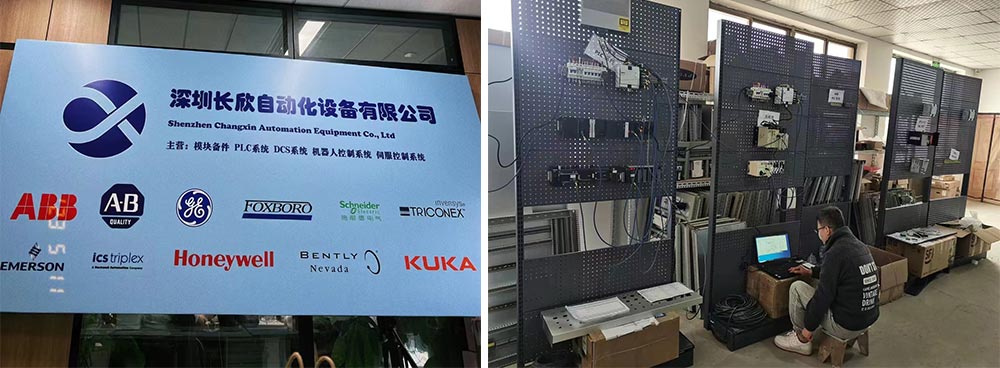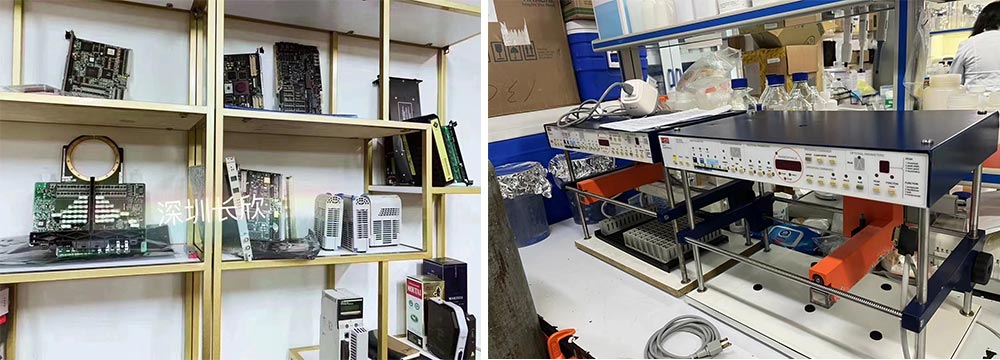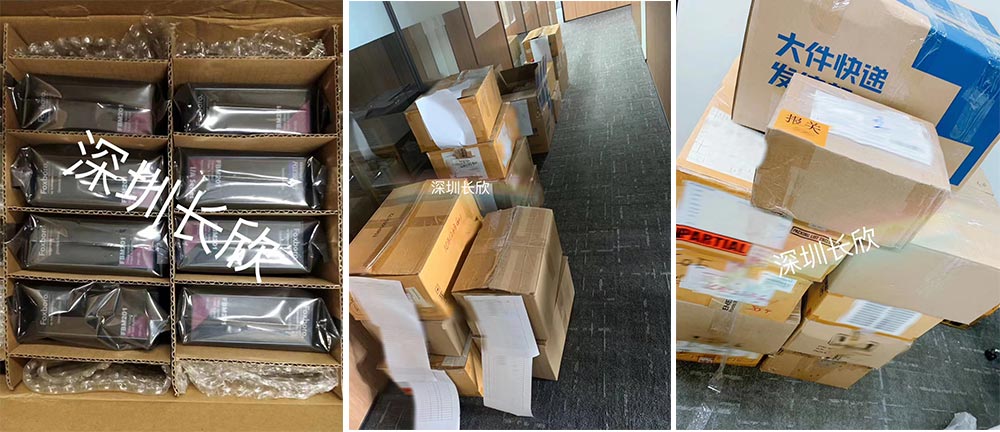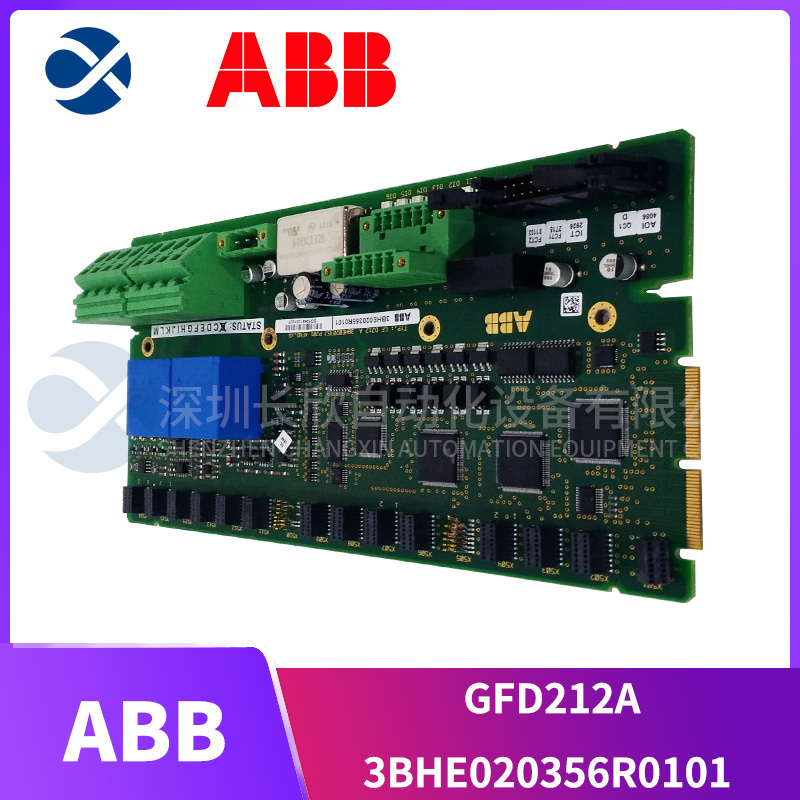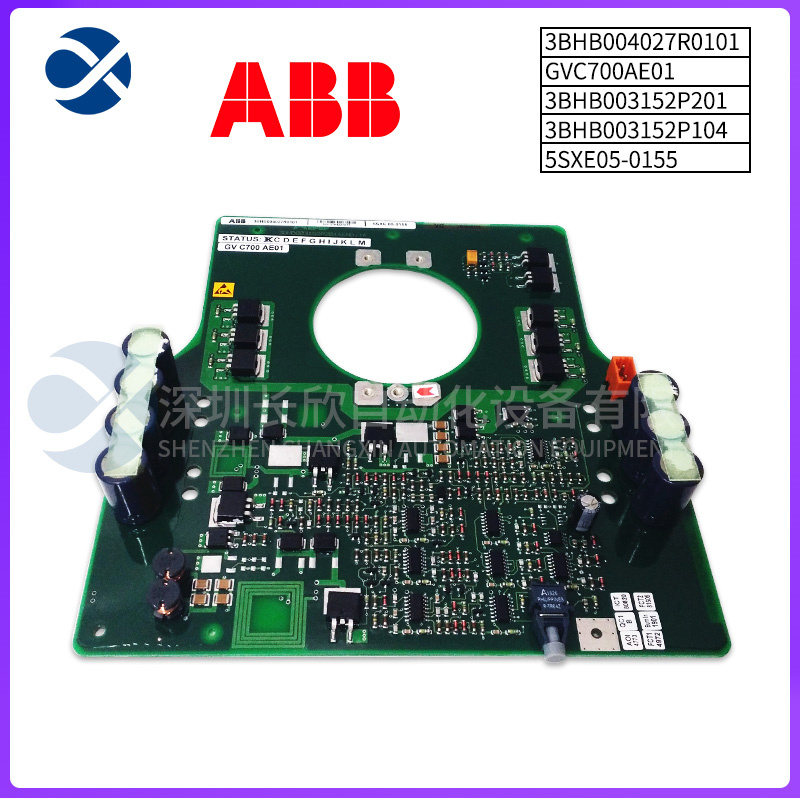Description
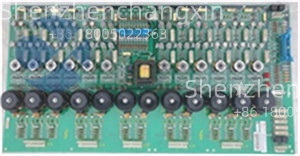
1.Product Overview
The ABB SAMT11 is a significant component within ABB’s industrial automation portfolio.Engineered with precision,it serves as a pulse amplifier card,playing a crucial role in industrial control systems.This device is designed to enhance the performance of industrial processes by providing reliable signal amplification and control capabilities.
2.Key Features
2.1 Functionality
The SAMT11 functions as an input/output module,facilitating seamless data exchange and control interactions with other devices in a control system.It has the versatility to process both digital and analog signals,adapting to a wide range of application requirements.For instance,in a manufacturing process where sensors provide analog signals representing temperature or pressure,the SAMT11 can accurately process these signals.In digital-based control systems,such as those using proximity sensors with binary outputs,it can equally handle the digital data effectively.
2.2 Modular Design
One of the standout features of the SAMT11 is its modular design.This design allows it to be easily integrated with ABB’s other automation systems and modules.In a large-scale industrial plant with multiple control components,the SAMT11 can be added or removed as needed,enabling flexible system configuration.For example,if a plant decides to expand its production line and requires additional control functionality,the SAMT11 can be incorporated into the existing control architecture without major re-engineering efforts.This modularity also contributes to the scalability of the overall system,as more modules can be added in the future to meet growing production demands.
2.3 High Reliability
Designed to withstand the rigors of industrial environments,the SAMT11 offers high reliability.It has excellent anti-interference ability,which is crucial in industrial settings where electrical noise and electromagnetic interference are common.By effectively filtering out unwanted signals,it ensures stable operation of the system.In a factory filled with large motors,welding equipment,and other sources of electrical interference,the SAMT11 can maintain its performance,preventing false signals and ensuring accurate control.Its stability is further enhanced by robust construction and quality components,minimizing the risk of failures and reducing downtime.
2.4 Easy Installation
Installation of the SAMT11 is a straightforward process.Thanks to its standardized interfaces and modular design,it can be quickly installed and integrated into existing systems.The module typically comes with clear installation instructions,and its physical dimensions are designed to fit into standard industrial enclosures.In a retrofit project where an older control system needs to be upgraded,the SAMT11 can be installed with minimal disruption to the ongoing operations.Maintenance is also simplified due to its modular nature,as individual components can be easily replaced in case of a malfunction.
2.5 Compatibility
The SAMT11 is highly compatible with multiple control systems and equipment from ABB.This makes it suitable for a wide variety of industrial automation applications.Whether it’s a production line control system in a manufacturing plant or a monitoring system in a power generation facility,the SAMT11 can integrate seamlessly.It can communicate effectively with other ABB devices,such as PLCs(Programmable Logic Controllers),HMIs(Human-Machine Interfaces),and sensors,creating a unified and efficient control network.
3.Technical Specifications
3.1 Electrical Parameters
Input Voltage:The SAMT11 is designed to operate with a DC 24V input voltage.This standard industrial voltage makes it compatible with a vast majority of power sources available in industrial settings.It ensures stable operation and reduces the need for complex voltage conversion systems.
Output Current:Each channel of the SAMT11 has a maximum output current of 1A.With a total of 8 channels,it can drive multiple loads simultaneously.This output current capacity is sufficient for controlling a range of devices,including relays,solenoids,and small-to-medium-sized motors.
Load Capacity:It can handle a load capacity of up to 500 ohms.This allows it to be used with a wide range of resistive,inductive,and capacitive loads,providing flexibility in application design.For example,in a lighting control system with different types of bulbs(resistive loads)or in a motor-control circuit with inductive loads,the SAMT11 can effectively manage the electrical load.
3.2 Communication Interface
The SAMT11 is equipped with a Modbus RTU communication interface.This interface enables efficient data exchange between the module and other components within a complex industrial network.Modbus RTU is a widely used communication protocol in the industrial automation field,known for its simplicity and reliability.It allows the SAMT11 to communicate with other Modbus-compliant devices,such as sensors,actuators,and controllers.This seamless communication integration is essential for real-time monitoring and control of industrial processes.
3.3 Physical Dimensions and Weight
Dimensions:The SAMT11 has compact dimensions of 100 mm x 50 mm x 30 mm(Width x Height x Depth).Its small size makes it easy to install in tight spaces,such as in control panels with limited room.This compact form factor also contributes to the overall space-efficiency of the industrial control system.
Weight:It weighs only 0.2 kg,which is relatively lightweight.The low weight not only simplifies installation but also reduces the stress on mounting brackets and other mechanical components,ensuring long-term stability.
3.4 Operating Temperature Range
The module has an operating temperature range of-20°C to+60°C.This wide temperature range allows it to be used in various industrial environments,from cold storage facilities to hot manufacturing plants.It can withstand extreme temperatures without compromising its performance,ensuring continuous operation in harsh conditions.
4.Application Scenarios
4.1 Manufacturing Industry
In manufacturing plants,the ABB SAMT11 is used in a variety of applications.In an automotive assembly line,it can be used to control the movement of robotic arms.The module can process signals from sensors that detect the position of car parts and amplify the control signals to precisely move the robotic arms for tasks like welding,painting,and part assembly.In a packaging plant,the SAMT11 can control the filling,sealing,and labeling processes.It can process signals from level sensors to ensure the correct amount of product is filled into each package,and then amplify the control signals to operate the filling valves.It can also control the motors that drive the labeling machinery,ensuring accurate label placement.
4.2 Process Industries
In the chemical industry,the SAMT11 plays a crucial role in controlling chemical processes.It can process signals from sensors that monitor variables such as temperature,pressure,flow rate,and chemical composition in a chemical reactor.By amplifying the control signals,it can adjust the flow of reactants,ensuring optimal reaction conditions.In case of abnormal conditions,it can activate safety systems,such as emergency shutdown valves.In the food and beverage industry,it can be used to control the pasteurization process in milk production.The module can process temperature sensor signals and amplify the control signals to regulate the heating and cooling systems,ensuring the milk is heated to the correct temperature for the right amount of time to kill harmful bacteria while maintaining product quality.
4.3 Infrastructure and Utilities
In water treatment plants,the SAMT11 can be used to control the filtration,disinfection,and water distribution processes.It can process signals from sensors that monitor water quality parameters,such as turbidity,pH,and chlorine levels.By amplifying the control signals,it can adjust the flow rate of the filters,activate additional filtration units if the turbidity exceeds a certain limit,and control the dosing of disinfectants.In power generation plants,it can be used to control the operation of generators,turbines,and other power-related equipment.The module can process signals from sensors that monitor voltage,frequency,and power output,and then amplify the control signals to adjust the speed of the turbines and maintain stable power generation.
5.Comparison with Competitors
Compared to some of its competitors in the market,the ABB SAMT11 offers several distinct advantages.In terms of communication capabilities,while some competing modules may be limited to a few communication protocols,the SAMT11’s Modbus RTU interface provides broad compatibility with a wide range of industrial devices.This allows for easier integration into existing industrial networks,reducing the need for complex communication gateways or adapters.
In terms of reliability,the SAMT11’s high-quality construction and excellent anti-interference ability set it apart.Competitors may struggle in industrial environments with high levels of electrical noise,but the SAMT11 can maintain stable operation.Its wide operating temperature range also gives it an edge over some competing products that may have more limited temperature tolerances.
The modular design of the SAMT11 is another area where it outperforms some competitors.Its easy-to-integrate modularity allows for more flexible system configuration and scalability.Some competing products may have more rigid designs,making it difficult to adapt to changing industrial requirements or to expand the control system in the future.
6.Installation and Maintenance
6.1 Installation
Installing the ABB SAMT11 is a relatively simple process.First,ensure that the installation environment meets the requirements in terms of temperature,humidity,and electrical noise.The module can be mounted in a standard industrial enclosure,often using DIN-rail mounting for easy and secure installation.Connect the power supply to the module,making sure to follow the correct wiring diagram to avoid electrical hazards.The input and output connections are made by connecting the wires from the sensors and actuators to the appropriate terminals on the module.It is important to use proper shielding and grounding techniques to minimize electrical interference.After the physical connections are made,the communication parameters can be configured using the appropriate software or programming tools.
6.2 Maintenance
Regular maintenance is essential to ensure the optimal performance and long-term reliability of the SAMT11.Periodic visual inspections should be carried out to check for any signs of physical damage,such as loose connections,overheating,or corrosion.The module may have diagnostic LEDs that can provide valuable information about its operational status.For example,a flashing red LED may indicate a hardware fault,while a steady green LED indicates normal operation.Software-based diagnostic tools can also be used to monitor the module’s performance.These tools can detect issues such as abnormal voltage levels,communication errors,and over-current conditions.Regular firmware updates should be installed to ensure that the module has the latest features,bug fixes,and security patches.In case of a fault,the first step is to identify the source of the problem using the diagnostic tools.If the fault is due to a hardware issue,such as a failed channel,the module can be replaced.ABB provides a range of spare parts,making it easy to replace faulty components.If the fault is software-related,the configuration settings or control program can be debugged and corrected.
7.Future Developments and Outlook
As technology continues to evolve,ABB is likely to introduce further enhancements to the SAMT11.One area of potential development could be in the improvement of communication capabilities.With the increasing trend towards Industry 4.0 and the Internet of Things(IoT),future versions of the SAMT11 may support more advanced communication protocols,such as Ethernet-based protocols with higher data transfer rates and enhanced security features.This would enable better integration with cloud-based services and remote monitoring systems,allowing for more efficient industrial process management.
Another area of development could be in the integration of advanced sensor-fusion technologies.The SAMT11 may be enhanced to better process and analyze data from multiple sensors simultaneously,providing more comprehensive insights into industrial processes.For example,it could combine data from temperature,pressure,and vibration sensors to predict equipment failures before they occur,enabling proactive maintenance and reducing unplanned downtime.
In terms of energy efficiency,future iterations of the SAMT11 may be designed to consume less power without sacrificing performance.This would not only reduce operating costs for industrial plants but also contribute to a more sustainable industrial environment.
In conclusion,the ABB SAMT11 is a powerful and versatile component in the field of industrial automation.Its combination of features,reliability,and ease of use make it a top choice for industries looking to enhance their control systems.With continued technological advancements,the SAMT11 is expected to play an even more significant role in the future of industrial automation.


 WhatsApp:+86 18150087953 WeChat: +86 18150087953
WhatsApp:+86 18150087953 WeChat: +86 18150087953  Email:
Email:
